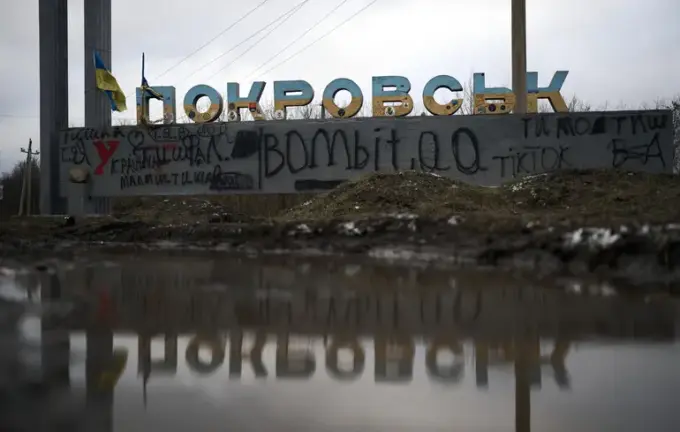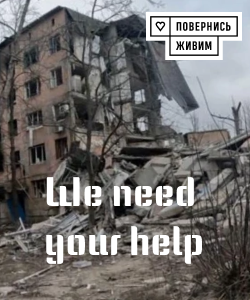Crisis in Pokrovsk: Occupiers maintain control as Ukrainian defenders face severe setbacks and logistical nightmares

The situation in the city of Pokrovsk has reached a critical point following its recapture by occupying forces.
According to Ukrainian military sources and officials, at least 250 Russian fighters are currently controlling the city.
They are engaged in street battles, launching artillery and small arms fire at Ukrainian positions, and deliberately targeting drone operators, which complicates reconnaissance and defensive efforts.
Military officers with prolonged experience in the area describe the situation in Pokrovsk as ‘more than critical.’ Enemy troops have advanced along supply lines, using FPV drones to strike, forcing Ukrainian troops to march 10-15 kilometers on foot to deliver ammunition and reinforcements.
Since Ukraine liberated the city in July, the Russians reoccupied it around mid-August and established multiple fortified positions and logistics hubs near railway regions, between Grishino and along the Dachenke–Novopavlivka–Hnativka lines, from which intense fire is directed at Ukrainian defenders.
Ukrainian forces are trying to hold the line, but the enemy has made advances in two regions.
Representatives from one brigade, defending nearby, confirmed ongoing street battles and reports of Russian fire on UAV operators and infantry clashes within Pokrovsk itself.
Many Ukrainian fortifications south of the city remain, but communication with some units is minimal or nonexistent; some units are either defeated or severely wounded.
A military officer described the situation as follows: infantry units have almost lost command; soldiers have been on positions for two to three months without rotation; evacuating wounded is exceedingly difficult due to enemy control over approaches and terrain.
An attempt to evacuate two wounded soldiers in the morning was thwarted when an FPV drone attacked, injuring those trying to carry out the operation; one of the wounded was in critical condition.
The Ukrainian military reports a severe shortage of infantry forces, with many positions remaining nominally occupied but lacking manpower.
Logistics have become a significant challenge: while certain road segments can be traveled by vehicle, soldiers are often forced to march dozens of kilometers carrying ammunition, drones, and supplies under constant drone surveillance and the threat of mines.
The deteriorating situation in Pokrovsk also impacts nearby Mirnograd, a critical logistical and military hub, where supplies passing through Pokrovsk exceed twenty kilometers.
Ukrainian forces have recorded enemy advances on the northern approaches to Mirnograd; if Pokrovsk falls, the garrison there could be encircled.
Experts warn that the situation is unfolding according to the worst-case scenario: Pokrovsk is falling faster than expected.
Russian forces utilize FPV drones regularly for patrols and reconnaissance, making movement and evacuation more difficult.
Both cities have been under what is called a ‘drone ring’ control for several months, with a high risk of encirclement remaining at the end of October.
The head of the Center for Aerial Reconnaissance, Maria Berlin, shared concerns that the front line has reached a breaking point, with Russian troops increasingly breaking through defenses and advancing into the rear, heightening threats to Zaporizhzhia and Dnipro.

